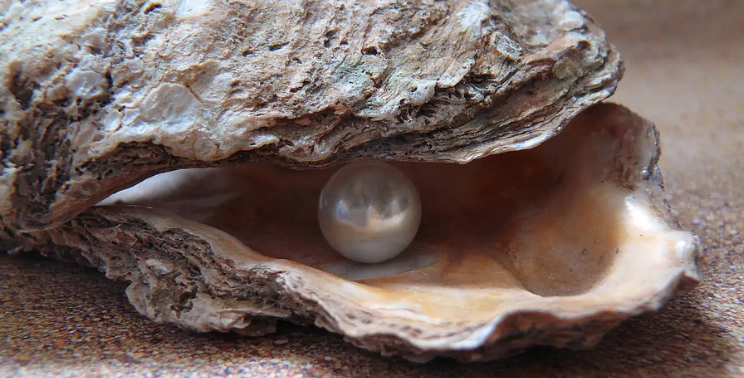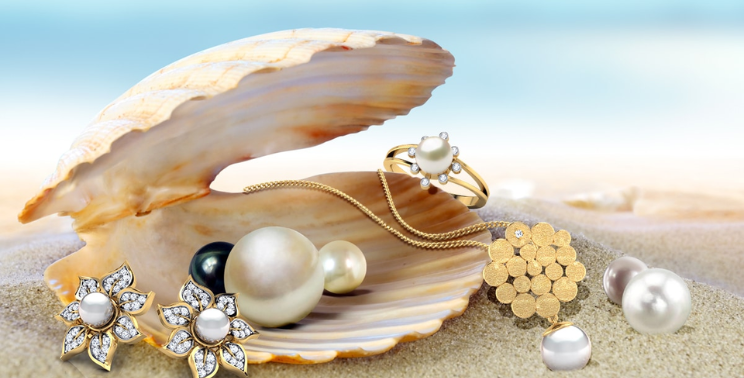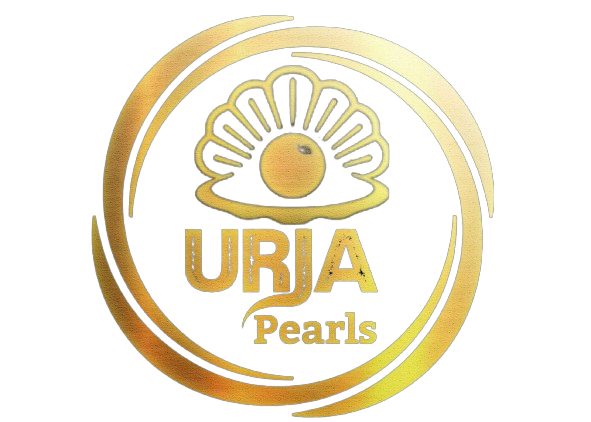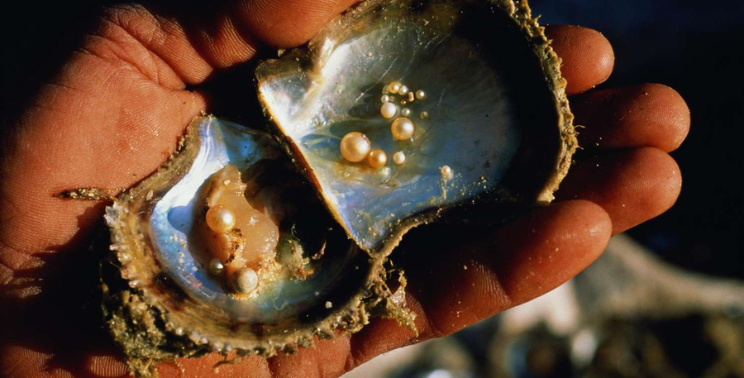Pearls are formed within the soft tissue of living shelled mollusks, which include certain types of oysters, mussels, and clams. The process of pearl formation is a fascinating and natural occurrence. There are two main types of pearls: natural pearls and cultured pearls.
Learn about Pearls
-
-
- Understand the different types of pearls, such as Akoya, South Sea, Tahitian, and Freshwater pearls. Each type has its unique characteristics and value factors.
- Familiarize yourself with pearl grading criteria, including luster, surface quality, shape, size, and color.
-
Natural Pearls
Natural pearls are formed without any human intervention. They occur when an irritant, such as a parasite or a piece of debris, enters the mollusk’s shell and becomes lodged within the mantle tissue—the soft tissue that covers the mollusk’s organs.
Nacre Secretion
In response to the irritant, the mollusk begins to coat it with layers of nacre, a combination of aragonite (a type of calcium carbonate) and a protein called conchiolin. The nacre layers build up over time, creating a smooth and iridescent surface.
Growth Process
As the layers of nacre accumulate, the pearl grows in size. The growth process can take several years, and the resulting natural pearl is unique in its shape and color.

Rare Occurrence
Natural pearls are relatively rare, and finding them in the wild is uncommon. This rarity contributes to their high value.
Cultured Pearls
The majority of pearls available in the market today are cultured pearls. In the early 20th century, pearl farmers developed techniques to induce and control the pearl-forming process, making it more predictable.
Introduction of Irritant
In cultured pearl farming, a technician carefully introduces an irritant, often a small bead or a piece of mantle tissue, into the mollusk. This irritant serves as the nucleus around which the pearl will form.
Nacre Coating
The mollusk responds to the irritant by secreting nacre, just as it would in the case of a natural irritant. Layers of nacre gradually build up, forming the cultured pearl.
Harvesting
After a period of time, typically ranging from several months to a few years, depending on the type of mollusk and desired pearl size, the pearls are harvested. They are then cleaned, polished, and sometimes treated to enhance their appearance.
Types of Cultured Pearls
Different types of mollusks produce different types of cultured pearls. For example, Akoya pearls come from the Akoya oyster, while Tahitian pearls come from the black-lipped oyster.
Check Return Policies
Before making a purchase, understand the return policy of the seller. This is especially important if you’re buying online and might want to return the pearls if they don’t meet your expectations.
Negotiate the Price
If you’re comfortable, don’t hesitate to negotiate the price, especially if you’re buying from a physical store.
Care and Maintenance
Learn about proper care and maintenance of pearls. Pearls are delicate and require special attention to ensure their longevity.

Cultured pearls have become more accessible and affordable, allowing a wider range of people to enjoy these beautiful gems. Advances in pearl farming techniques have also led to a variety of shapes, sizes, and colors in cultured pearls.

